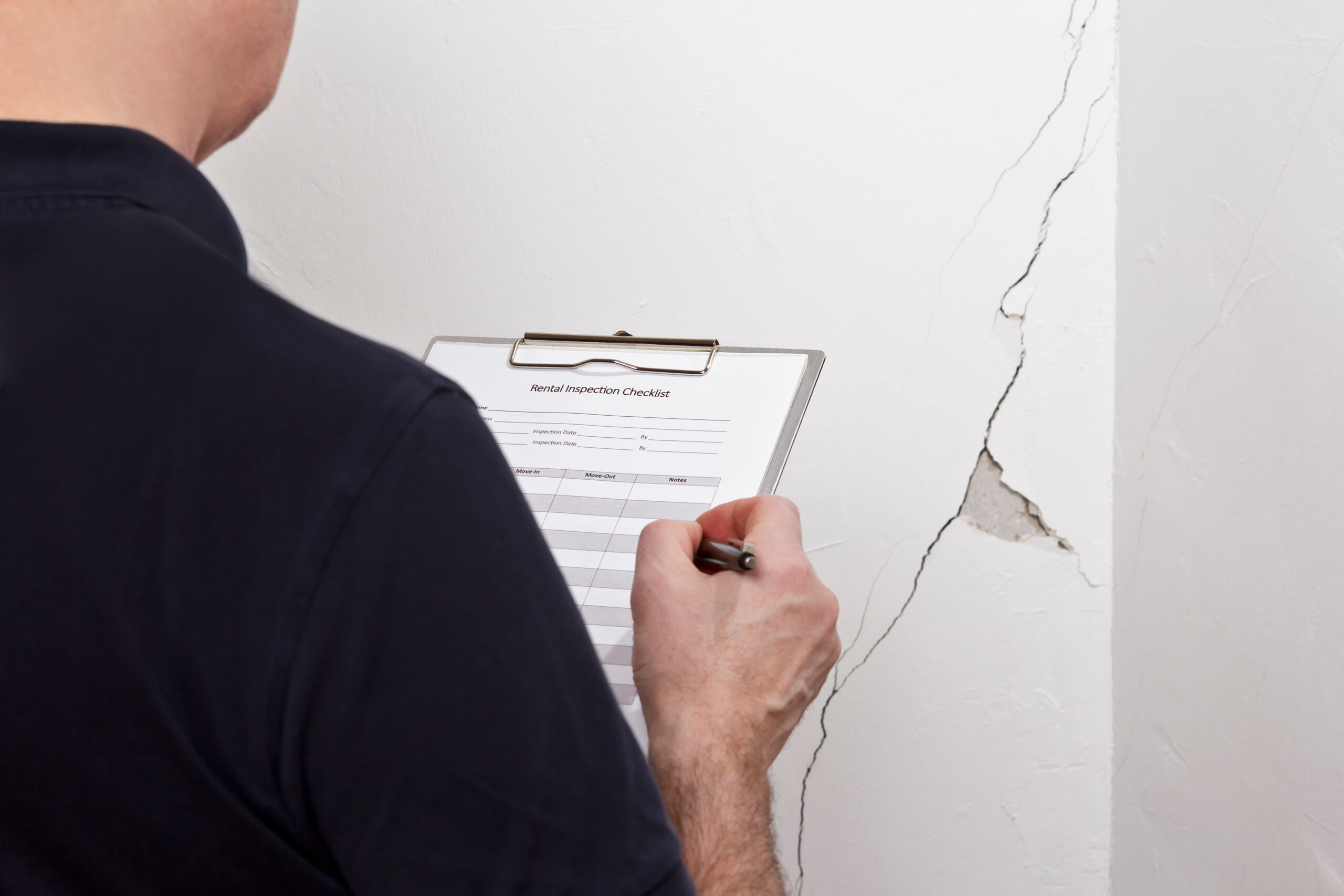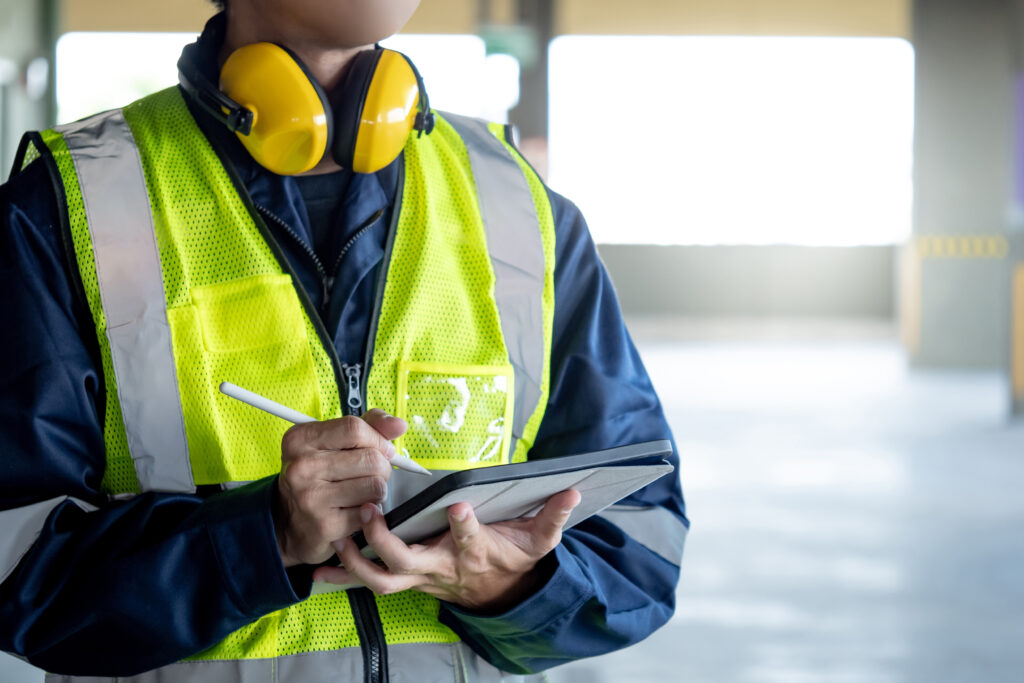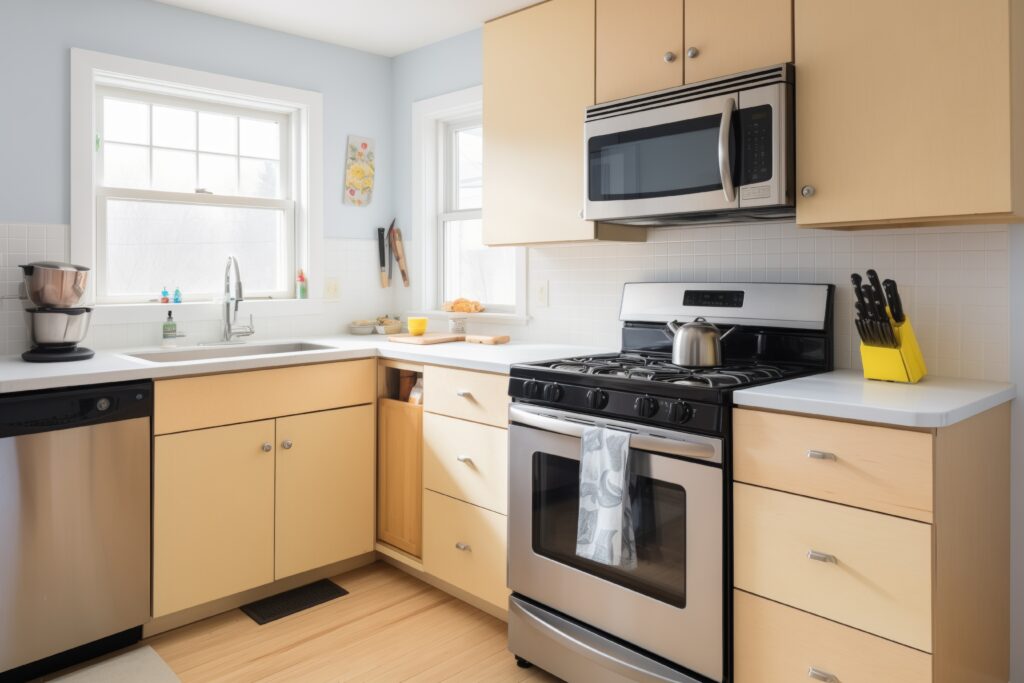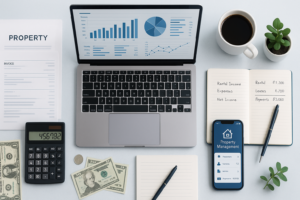
When you enter the property management world, many elements must be taken care of. One of them is the rental inspections. Rental inspections are routine examinations conducted by landlords or property managers to assess the condition of a rental property and ensure it meets safety, maintenance, and contractual standards, often including checks on appliances, structural integrity, and cleanliness.
Rental inspections checklists are more than just routine checks; they safeguard your property and ensure landlords and tenants fulfill their obligations. Imagine you’re a property manager with several rental units. Without regular inspections, you might miss critical issues like leaky pipes or safety hazards, leading to more significant problems.
Let’s explore what things you, as a property manager, can do regarding the rental inspections checklist.
Pre-Inspection Preparation
Before heading to the property, there are essential steps to ensure a successful inspection.
Notify Tenants
Communication is absolutely vital when it comes to respecting tenants‘ rights and privacy. Picture this scenario: you’re at home, and suddenly, there’s a knock on your door. It’s your landlord wanting to inspect your living space. This unexpected visit can indeed be unsettling for anyone.

That’s why it’s crucial for landlords to always provide tenants with advance notice before conducting any inspections, typically within a timeframe of 24 to 48 hours. This practice not only demonstrates a deep respect for tenants’ privacy but also helps to foster trust between both parties.
Additionally, giving tenants this heads-up allows them to prepare their homes, address any concerns, and feel more comfortable during the inspection process.
Gather Necessary Tools and Documentation
Make sure to equip yourself with the right tools and documents before you start. Consider having a camera on hand to capture photos of any issues you may come across during your inspection. This visual record can be invaluable for documenting the property’s condition and any necessary repairs.
Additionally, keeping the lease agreement handy for quick reference and having any previous inspection reports available is also beneficial. Having these documents ready allows you to monitor the property’s condition over time effectively and helps identify recurring issues, track needs, and ensure solutions to any concerns.
1. Exterior Inspection
The exterior of your property creates the first impression for potential tenants, so it’s crucial to keep it well-maintained.
Landscaping and Curb Appeal
Imagine arriving at a rental property with overgrown bushes and weeds scattered around. The unkempt landscaping does not give off a warm “Welcome home” vibe. Take a moment to ensure the bushes are neatly trimmed, with no branches scraping against the building or walkways.
Look for signs of pest infestation or plant diseases that might affect the property’s overall appeal. These small details can make a big difference in creating a welcoming environment for potential tenants.
Building Structure and Condition

Inspecting the foundation, walls, and roof for any visible damage is crucial in maintaining a sturdy and secure home. Look closely for cracks, water stains, or signs of moisture seepage, as these could be early indicators of underlying structural issues that require immediate attention.
For instance, a seemingly minor crack in the foundation should be considered, as it could result in significant and costly repairs. It’s always better to address these issues promptly to preserve your home’s integrity.
Safety Features
Safety should always come first in any living or working environment! Ensuring that all safety features, such as functional smoke detectors and well-maintained outdoor lighting, are in proper working order is crucial.
Additionally, clear and visible signage indicating emergency exits is essential, particularly in multi-unit buildings where navigation during emergencies can be challenging. Just imagine the chaos of a fire incident, with tenants struggling to find their way to safety due to inadequate lighting or obscured exit signs.
It’s not just a risk; it’s a potential recipe for a disastrous outcome that underscores the importance of proactive safety measures.
2. Interior Inspection
Now, let’s step inside and look at the condition of individual units and common areas.
Common Areas
Common areas such as lobbies and hallways are shared spaces requiring consistent maintenance and care. Picture entering a lobby with peeling paint and a stale odor; the ambiance would be far from welcoming.
It is crucial to assess the cleanliness of these spaces and inspect for any indications of wear and tear. While issues like loose handrails or malfunctioning elevators may appear minor, they can present considerable safety hazards that need prompt attention and resolution.
Individual Units
Each unit is someone’s home, so ensuring it’s in good condition is essential. Imagine moving into a new apartment only to find mold growing in the bathroom or a window that won’t close properly—a poor first impression.
Check for cleanliness, damage to walls or floors, and any signs of pests. Remember to inspect less visible areas like attics and basements for hidden issues. Remember, even the hidden nooks like attics and basements deserve scrutiny to uncover any lurking problems that might disrupt the peace of a future resident.
Appliances and Fixtures

Test all appliances and fixtures to ensure they’re in working order. Imagine trying to cook dinner in a kitchen with a broken stove or dealing with a leaky faucet that just won’t stop dripping. It’s frustrating and incredibly inconvenient for tenants who rely on these essentials.
Addressing these issues promptly keeps tenants happy and prevents minor problems from snowballing into more significant headaches that could disrupt their daily lives. Regular maintenance checks and swift repairs can go a long way in maintaining a harmonious landlord-tenant relationship and ensuring a comfortable living environment for all residents.
Documentation and Reporting
Keeping accurate records of a property’s condition is crucial for resolving disputes and tracking its state. Using checklist templates can make inspections more efficient, guaranteeing complete coverage and creating a record of findings.
Whether you create your checklist or use online templates, standardization can help streamline the process. It’s important to document everything thoroughly, no matter how minor. Each observation and issue should be recorded and, if possible, photographed.
For example, instead of simply noting a “wall crack,” it’s better to document the specifics like “a small crack about six inches long near the window in the living room.” Paying attention to detail is valuable when addressing repairs or disputes later on.
After the inspection, it’s essential to communicate transparently with tenants. Sharing the findings in person or in writing can help build trust and demonstrate your commitment to promptly addressing their concerns. Clear communication ensures tenants feel heard and reassured that their interests are a priority.

Follow-Up Actions
After completing an inspection, taking action based on your findings is essential. This means addressing any maintenance or repair issues as soon as possible. If you ignore a leaky pipe, it can burst and lead to water damage, which can be expensive to repair and disrupt the tenants’ lives. You should prioritize repairs based on their urgency and schedule them accordingly.
Moreover, the results of your inspection can affect lease renewal decisions. A well-maintained property encourages tenants to stay, while unresolved issues might lead to non-renewal or termination of leases. For example, if a tenant repeatedly damages the property, you may need to take action.
Finally, use the findings of your inspection to identify areas for improvement. This could involve upgrading appliances, renovating common areas, or investing in energy-efficient upgrades. For instance, installing new energy-efficient windows can reduce utility costs for tenants while increasing the property’s value, which is a win-win situation.
Final Words
Rental inspections checklists are an integral part of property management. They help ensure your property remains a desirable place to live, provide a safe and healthy environment, and give both managers and tenants the peace of mind that comes with knowing that the property is well-maintained.
By following this comprehensive rental inspection checklist, property managers can approach the process with confidence and professionalism. Remember, well-kept property is a testament to a diligent management team and can be a significant factor in retaining satisfied tenants and attracting new ones.





